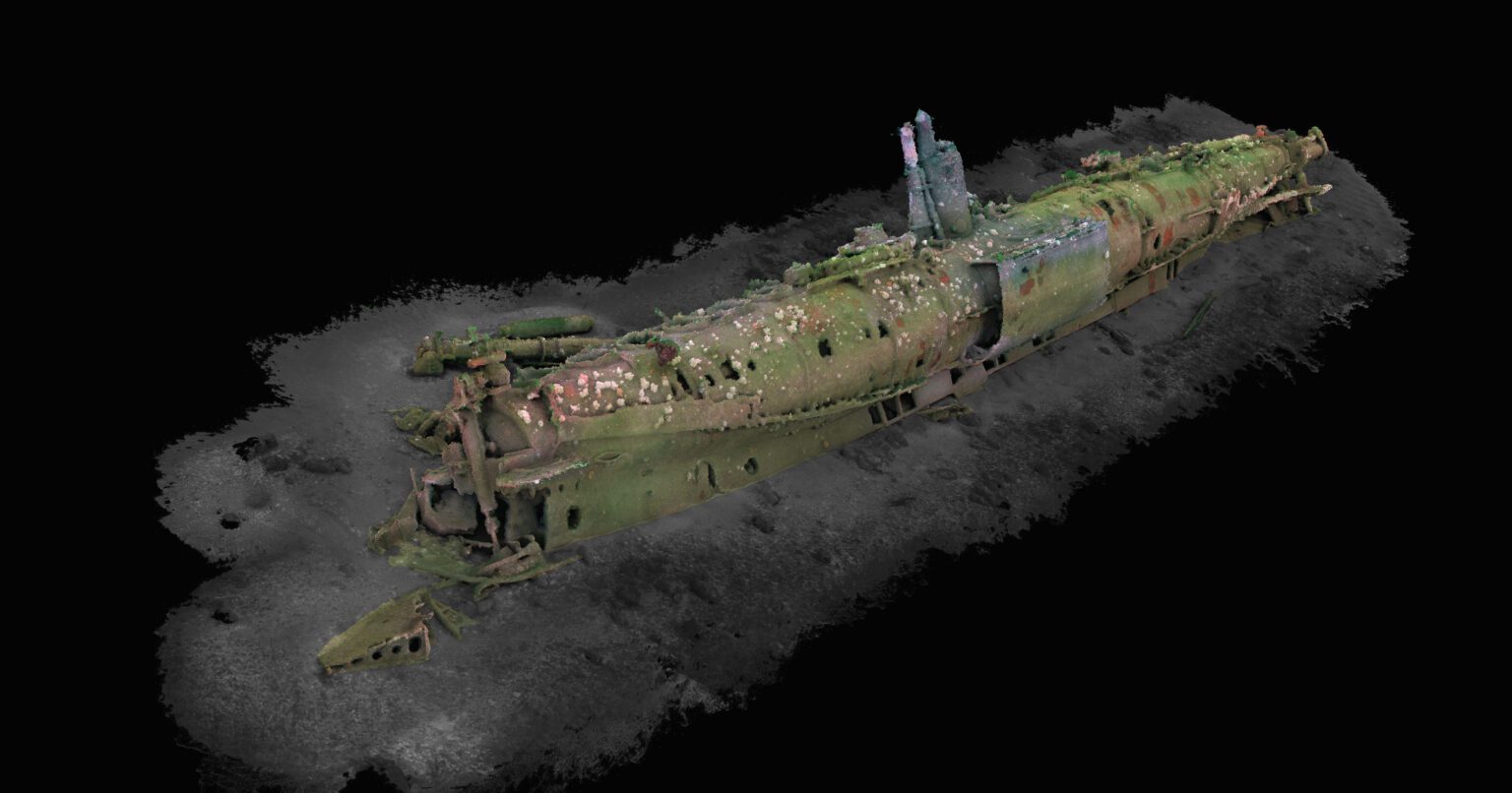After more than a century on the seabed, the secrets of a German submarine have been revealed in new detail by University of Dundee experts.
UC-71 struck fear into seafarers throughout World War One after sinking more than 60 ships during her reign of terror in the North Sea. However, after meeting her own watery grave in the aftermath of the conflict, questions have remained as to how this killer machine met her fate, including claims that she had been deliberately scuttled.
Utilising world-leading expertise and state of the art technology, Professor Chris Rowland, an expert in the 3D visualisation of underwater environments at Dundee’s Duncan of Jordanstone College of Art & Design, and Professor Kari Hyttinen, an expert in Communication Design, believe they can confirm what happened to the vessel moments before it disappeared beneath the waves for the final time.
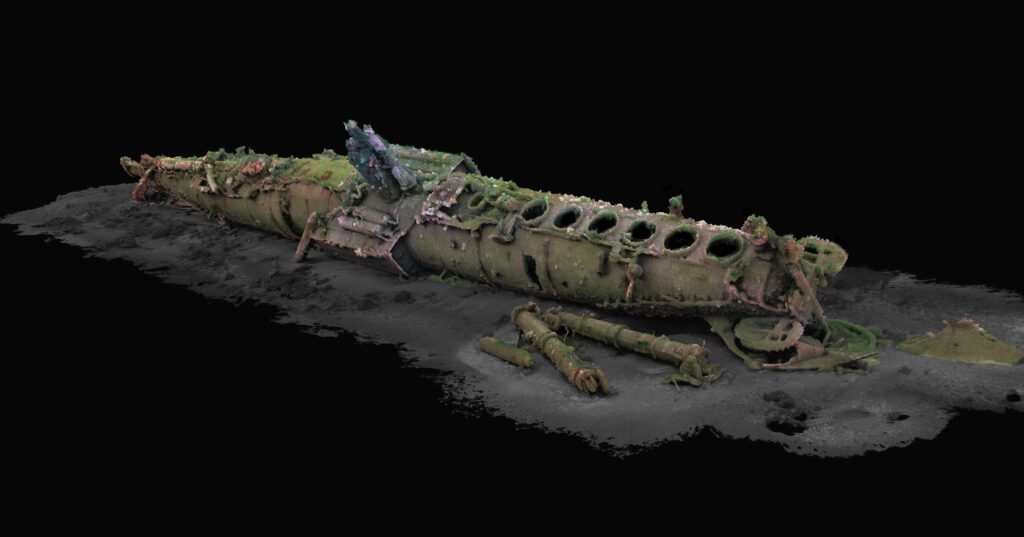
“Hatches are certainly open across the submarine, which corroborates the claim that it was deliberately sunk,” says Professor Rowland.
“It is possible, however, that divers may have visited the wreck before it was protected. Indeed, it is highly likely that divers may even have been inside the sub, though this would be exceptionally dangerous.
“But given what we know and from the physical evidence witnessed when we were down there and from our imagery, it is likely that the boat was sunk deliberately.”
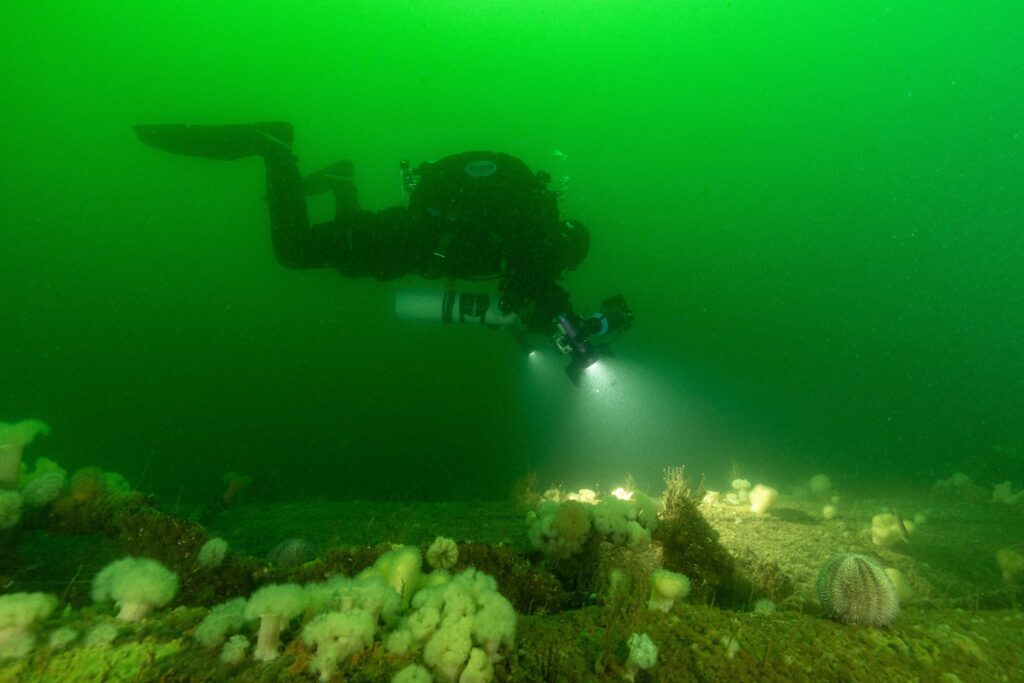
Launched into action in November 1916, UC-71 conducted 19 enemy patrols, sinking 61 civilian ships throughout the conflict, via either torpedo or mines.
Following the signing of the Armistice on 11 November 1918, the vessel, like others in the German Navy, was to be turned over to the Allies. However, on 20 February 1919, as UC-71 headed for the UK from its homeland, the submarine sunk off the German Archipelago of Helgoland. A telegram from its captain cited bad weather and high waves as the cause. It came to rest 22m below the surface, where it remains to this day.
Professor Rowland worked with Florian Huber, underwater archaeologist with scientific diving company Submaris, to visit the wreck site off the German archipelago. Using state-of-the-art camera and lighting equipment, he was able to capture the stricken sub in unprecedented levels of detail.
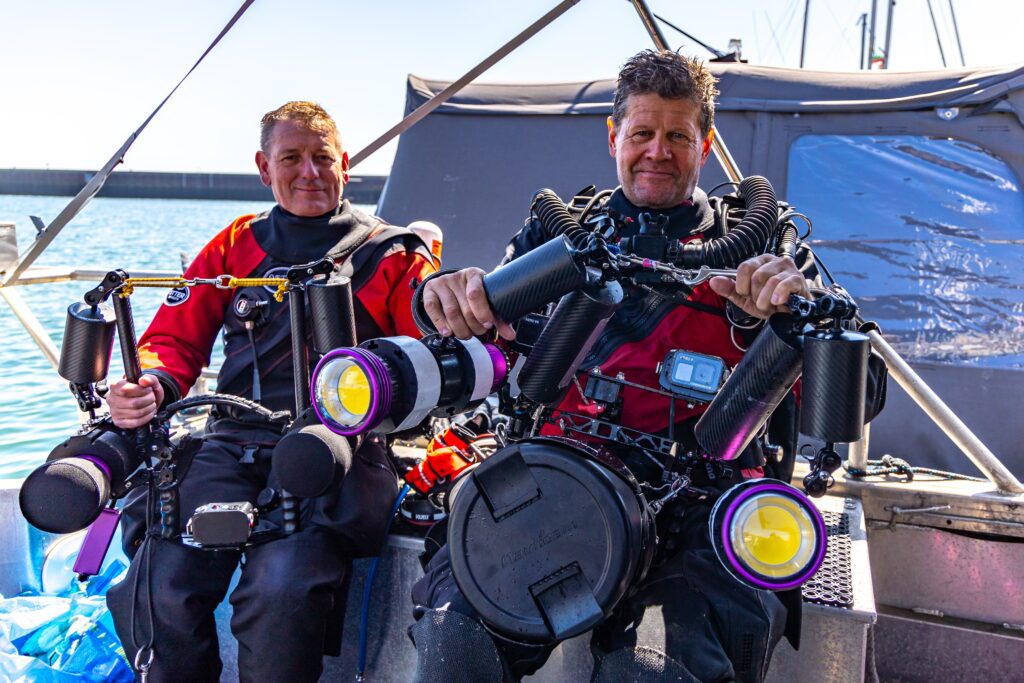
The full reconstructions are produced using a process called photogrammetry, with sophisticated software and powerful computers working to create the highly detailed 3D renders.
High-intensity lights allowed the team to traverse the wreck site, shooting both still images and video to produce a sequence of overlapping images. Capturing the 50-metre vessel took place over four, hour-long dives, with thousands of images taken.
“It was a flat seabed without too much silt, which made the process of capturing the wreck fairly easy,” said Chris, who has previously surveyed the wreck of HMS Royal Oak.
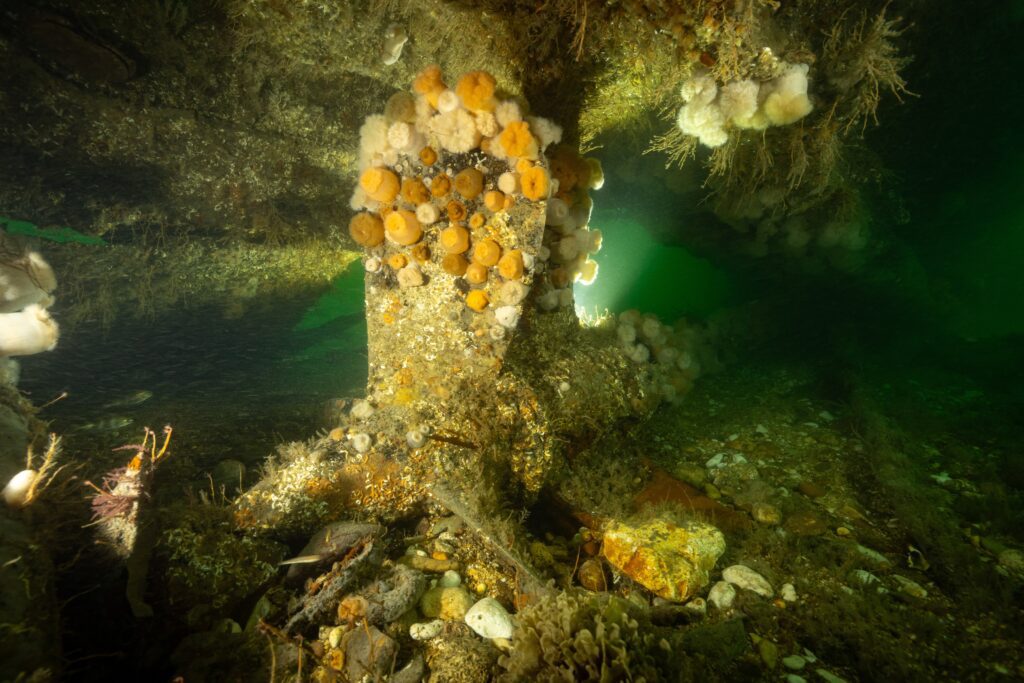
“Indeed, compared to some of the wrecks near Orkney it was a walk in the park.
“It feels like we’re making a portrait and while we’re using sophisticated cameras, it’s not vastly different from using an iPhone. People watching us say it looks like underwater synchronised swimming and I suppose it is. We try to keep the same distance apart and travel at the same speeds to ensure we have an accurate picture of the vessel.”
Interest in UC-71 was revived recently following the publication of a diary entry from the ship’s Engineer. It sparked the claim that the ship had been deliberately scuttled, with an entry stating, “No Englishman should step on the boat. That was the will of the crew, and they achieved it”.
Previous visits to the wreck site have, with permission, seen the boat’s net cutter returned to the surface, as well as extensive charting of its final resting place on the seabed. However, these new 3D images are the most detailed of UC-71 to date and provide a fascinating insight into the final moments of the boat.
As one of the few World War One-era wrecks in a good state of preservation, it is considered a site of outstanding significance and is legally protected to deter potential trophy hunters.
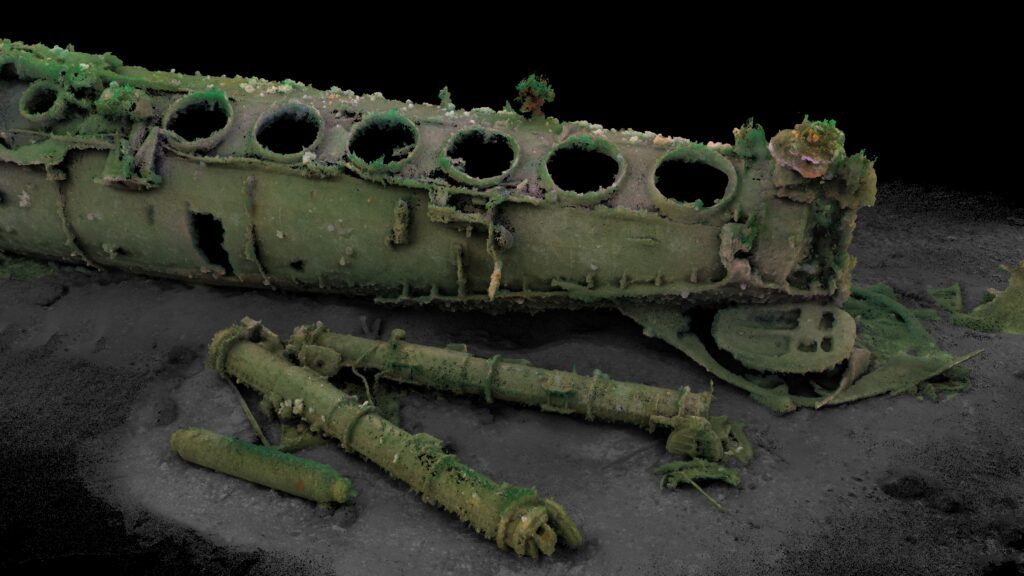
Asked about the importance of the wreck, Professor Rowland added, “This wreck is different from many others because it was sunk by an act of defiance, not an act of war. While the conflict may have been declared over, for those who sailed on submarines such as UC-71 there was still a tremendous sense of loyalty to their crew, their boat, and their nation.
“I’ve spoken with navy veterans in the past and they have asked me why we put these images together, particularly on wrecks where people have died. For me, the answer is not always about the vessels, but for those who were onboard.
“While nobody died in this sinking, UC-71 is associated with a great loss of life at sea. By capturing this particular wreck we are able to capture a moment in time that allows us not only to study this single act, but also serves to remind us of those who lives were claimed by the vessel during the hostilities.”
With the wreck site now comprehensively mapped, there are plans for a two-metre, 3D model of the wreck to be produced using the Dundee imagery, that will sit alongside the crew member’s journal at a museum on Helgoland.
Photo credit: Professor Chris Rowland / Professor Kari Hyttinen / University of Dundee
